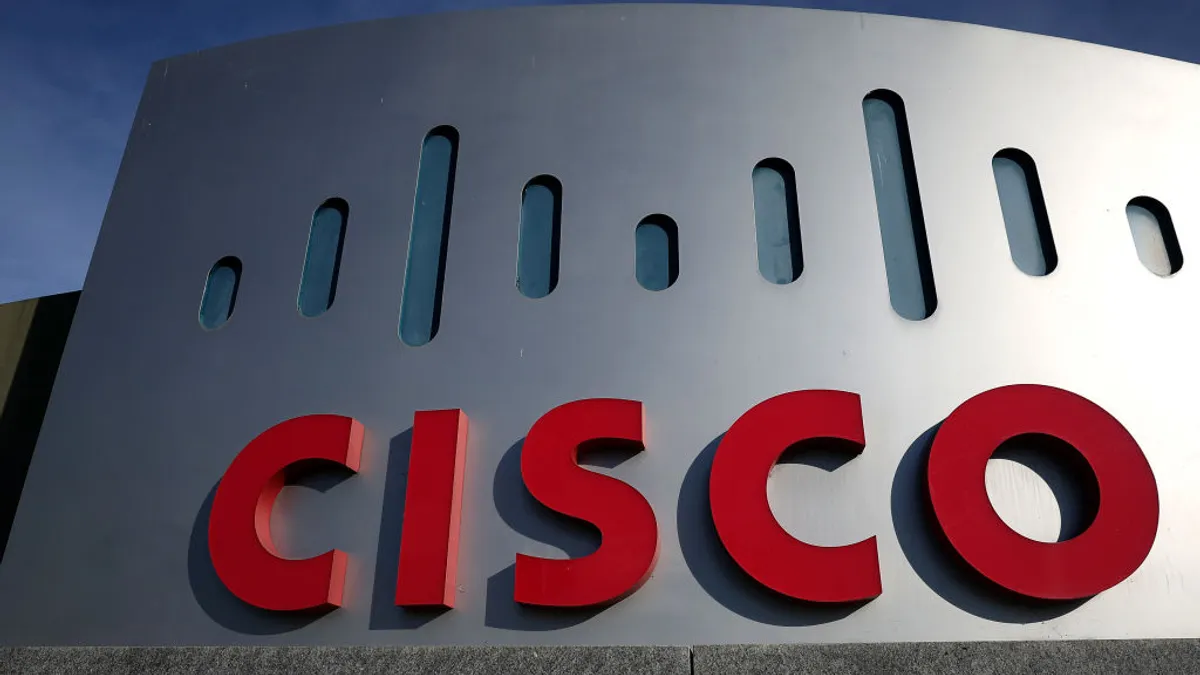Dive Brief:
- Synthetic data, artificially generated information designed to mimic the real world, is garnering a lot of attention from market research professionals, according to a survey of 3,200 professionals by Qualtrics released last month.
- As AI's role in consumer research grows, about 7 in 10 respondents say synthetic responses will make up more than half of data collection about consumers and the market within the next three years.
- Synthetic responses can be a useful tool for CX research professionals, according to Julie Geller, principal research director at Info-Tech Research Group. The data helps explore a wide range of customer journeys without the privacy concerns associated with collecting and storing real world data.
Dive Insight:
More than 4 in 5 market research professionals say they plan to increase AI investments in 2025, Qualtrics found. And while synthetic responses present a powerful tool for CX teams, they need to be aware of potential pitfalls such as its tendency to amplify existing biases.
“They’re ideal for creating diverse customer personas, allowing teams to test and optimize different customer journeys without relying on real customer data,” Geller told CX Dive in an email. “Synthetic data can also simulate a variety of customer interactions, training AI chatbots and customer service systems with realistic scenarios.”
These applications are in line with Qualtrics’ findings. Uncovering insights more quickly and getting richer, more detailed data were among the top three reasons market research professionals for using synthetic data, according to Qualtrics.
Synthetic responses can be used to generate large data sets that make it easier for teams to identify trends and patterns in customer behavior, according to Geller. This could help CX professionals test tools like personalization algorithms before they deploy them in real world situations.
Other use cases include developing and validating predictive models for customer churn, satisfaction and lifetime value. Synthetic data can help CX research teams improve their overall efficiency as well, according to Geller.
“AI takes care of the busy work, like data cleansing and reporting, so teams can dive straight into strategic initiatives,” Geller said. “It’s not just a time-saver; in some cases, especially for smaller teams, it allows them to take on bigger projects without needing to scale resourcing.”
Synthetic data can enable researchers to create large and diverse data sets without the risk of compromising their customers’ privacy.
“Since synthetic data reflects the patterns of real data without containing actual personal information, it effectively safeguards consumer identities,” Geller said.
Synthetic data has its challenges and limitations, however. Professionals need to be aware of any bias in the original data, according to Geller. These problems can be replicated, or even magnified, in the synthetic data created from that data set.
Synthetic responses can lack nuance as well, which can lead to insights that feel too generic or simple to guide real-world strategies.
“It’s also good to keep in mind that synthetic data can struggle with specific or unique scenarios, where real-world details add depth and essential context,” Geller said.












